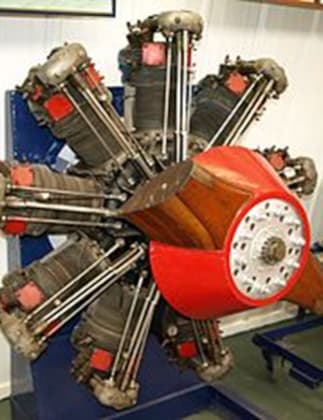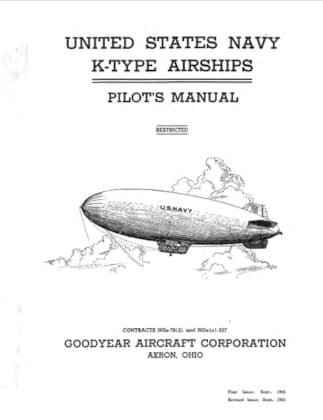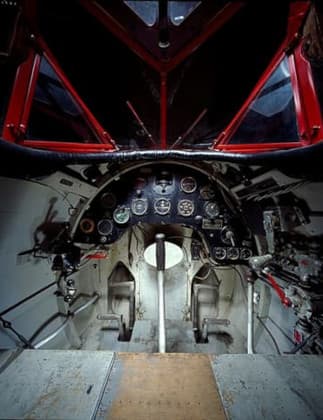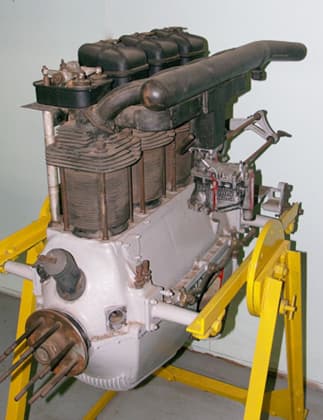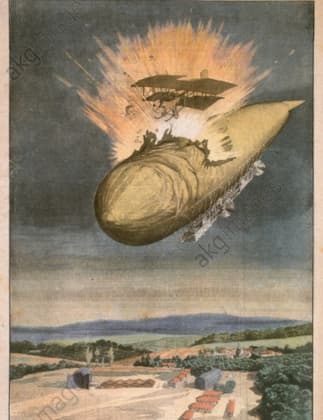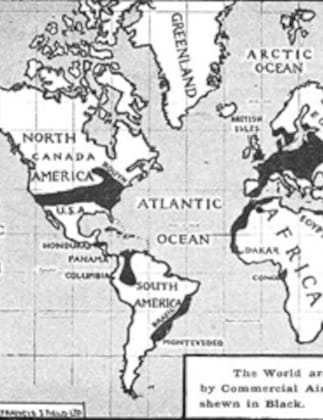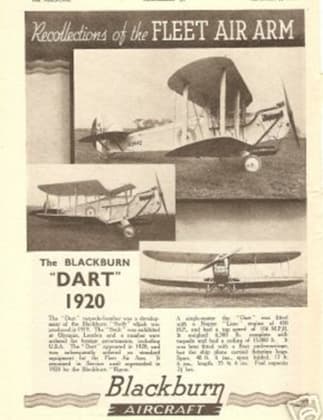Heavier Than Air Flight 1918 Culmination of the Struggle
1918 was a year of consolidation in military aircraft design, to the virtual exclusion of any civilian purpose. There was no lack of innovation on the part of aircraft manufacturers vying for their slice of the cake.
However, many designs failed to make it to these pages, because they were either flawed, overtaken by others, or victims of the Armistice that paused the conflict for 21 years.
First Person Clambers Aboard a Flying Aircraft (January 1918)
On a day in January 1918,...
Heavier Than Air Flight 1922 Moving Forward
1922 continued the uptick in new aircraft design, and construction. Better fighters and bombers were in demand for colonial wars, while seaplanes lined up for innovative aircraft carriers launching from ship yards.
Several innovative fast racing aircraft kept the bar above 200 mph. While passenger aircraft, large and small continued to tempt the new taste for passenger flight.
The overall trend showed the industry had shrugged off the anything-goes culture of World War 1. Military, civilian and private customers were more...
Heavier Than Air Flight 1928
1928 was a lively year for aviation, with some exciting developments and also a few quirky innovations. The Soviet Union’s first five year plan delivered fighters and light bombers that sold in thousands down the years. While the United States continued producing small commercial biplanes and maintaining its military advantage.
Britain, on the other hand, focused more on maintaining control over its far-flung empire with technology that sometimes seemed to stand still. But France’s luxurious airliners were what really seized...
Heavier than Air Flight to the Dawn of the 20th Century
Our story begins on a day in 1801. When French military officer André Guillaume Resnier de Goué achieved a downhill glide of 985 feet, while waving wire wings covered over with waxed silky material, and breaking his leg when coming down to earth.
Some thirty years later, French mathematician and brigadier general Isidore Didion remarked, ‘Aviation will be successful only if one finds an engine whose ratio with the weight of the device to be supported will be larger than...
Airships in World War II – A Decidedly American Affair
America was the only nation to deploy airships during World War II. It used their long range and stable platforms to patrol over three million square miles of Pacific, Atlantic, and Mediterranean waters.
The US deployed its airships for minesweeping, search and rescue, photographic reconnaissance, scouting, escorting convoys, and anti-submarine patrols. They also escorted military and civilian ships, of which only one was lost to military action.
However, America, the United Kingdom, and Japan all used blimp barrage balloons which dangled...
Heavier Than Air Flight 1927
Aircraft design took a sudden, almost unprecedented step forward in 1927. Sure, the customary procession of faster, more deadly military aircraft continued. But something else was in the air. The challenge of crossing the Atlantic Ocean, and traveling in luxury airliners to the four corners of the world beckoned.
Of course, this was only in its infancy, although Fokker and Farman were getting closer to daring to do it. Meanwhile Charles Lindbergh and Amelia Earhart were a step ahead. They...
Heavier Than Air Flight 1929
1929 was a year of mixed fortunes. There was a flurry of passenger airliner crashes in the midst of rapidly increasing demand. A connection could be argued with a temptation to cut corners in a year of distance and speed records. Perhaps the real winners were a new generation of high wing monoplanes, though.
Meanwhile, major protagonists in a future World War II upped the ante with larger, faster and more sophisticated warplanes. Germany, France and Great Britain were major...
Heavier Than Air Flight 1911 to 1914
The tempo of the drums increased, warning of a ‘war-to-end-all-wars’ that would fail to do so. The role of fixed wing aircraft in military operations was still evolving, but every wing of every army wanted a squadron. Being able to take off from the deep blue ocean seemed to offer a distinct advantage
1911
Eugene Ely Proves It Is Possible to Return to a Ship (January 1911)
Eugene Ely had taken off from a U.S. Navy ship in 1910, but only just...
Heavier Than Air Flight 1925
There were many hopeful designs that never made it to these pages because they were not sufficiently successful (if at all) to make lasting contributions. Simulation technology was primitive. Aviation was sometimeas a semi hit-and-miss-affair despite the accumulation of knowledge.
JANUARY 1925
Czechoslovak Aero A.11 Light Bomber / Reconnaissance Biplane
The Aero A.11 was a light bomber and reconnaissance biplane that formed the basis for several future military developments. Around 250 were made after it first flew in 1925. Some were still...
Heavier Than Air Flight 1920 A Time for Consolidation
1920 was a year for consolidation, after rapid progress in World War 1. Hostilities had taken fixed wing aircraft to new heights and top speeds. Civilians were attracted to their potential for carrying passengers and freight on a commercial basis when hostilities ended.
However the supply of war surplus airplanes dampened demand for new models. But the military were restless because they wanted to retain air superiority in their domains.
Aircraft manufacturers were on the back foot, because they had to...




